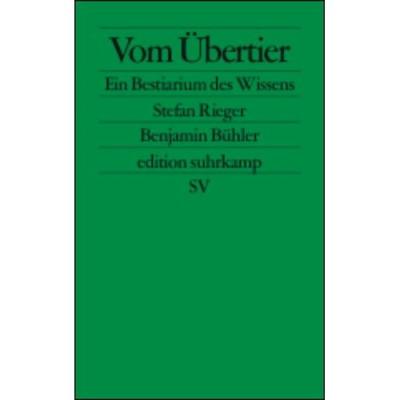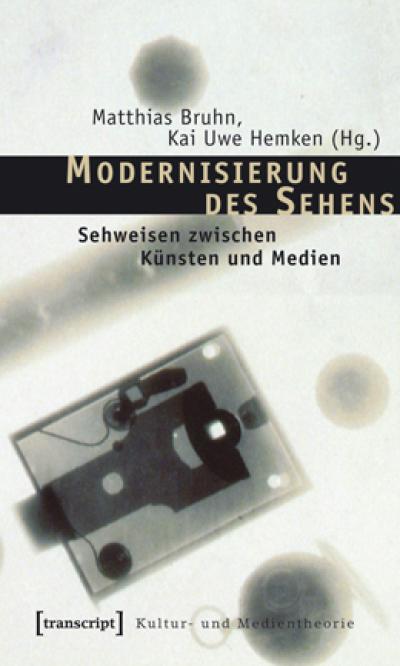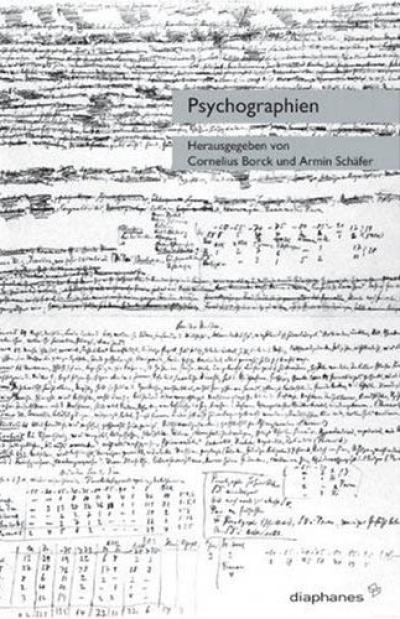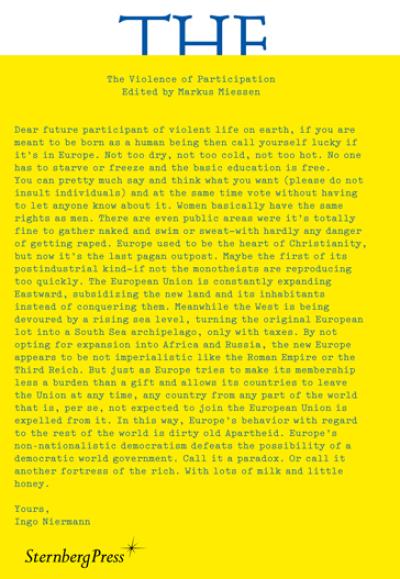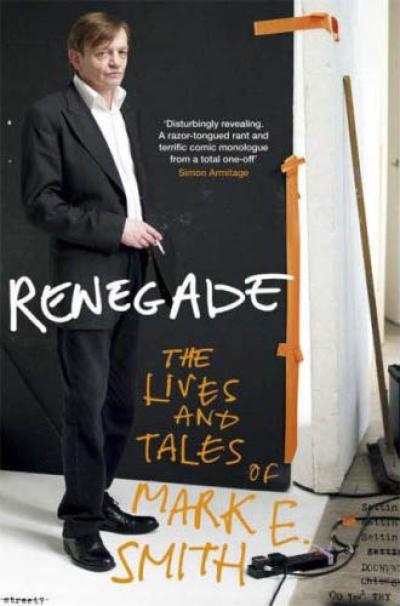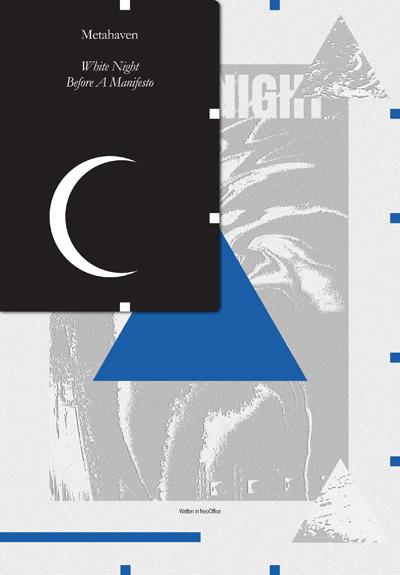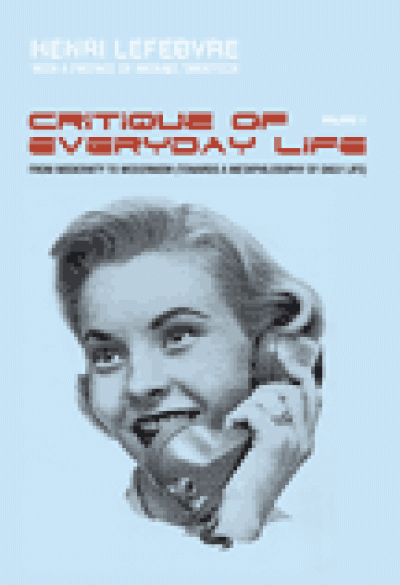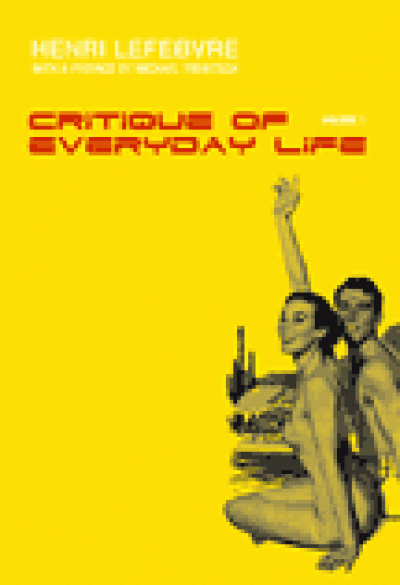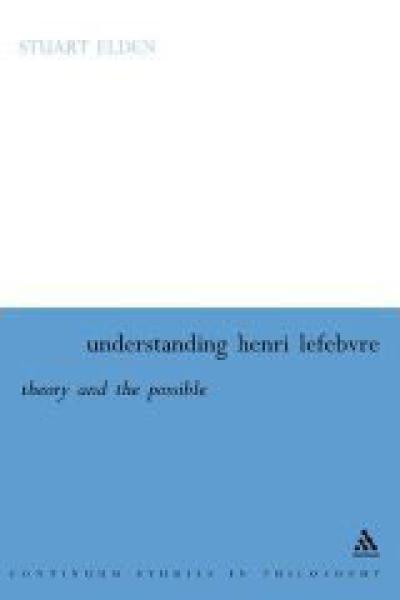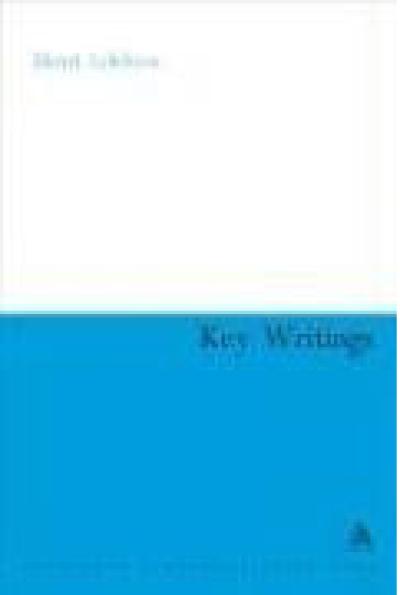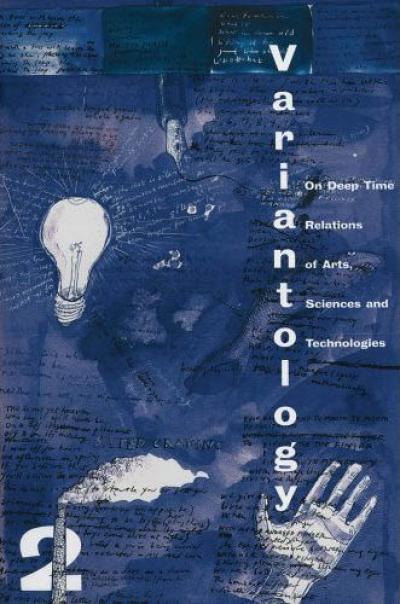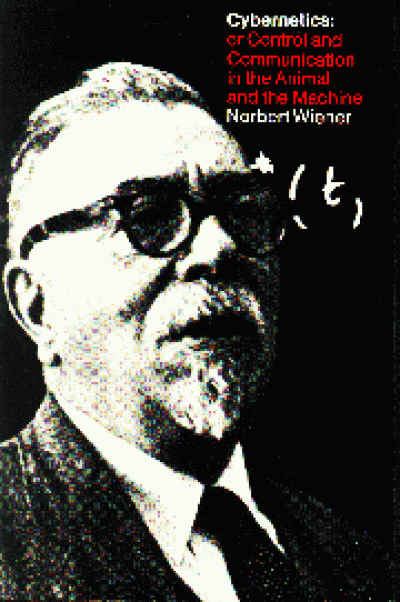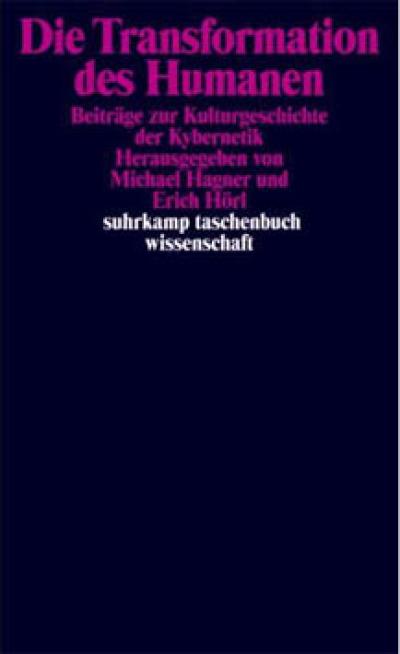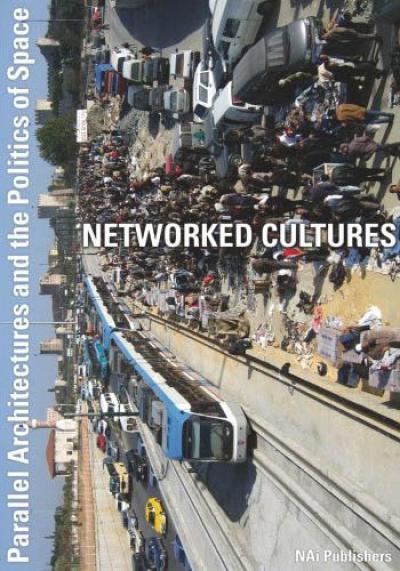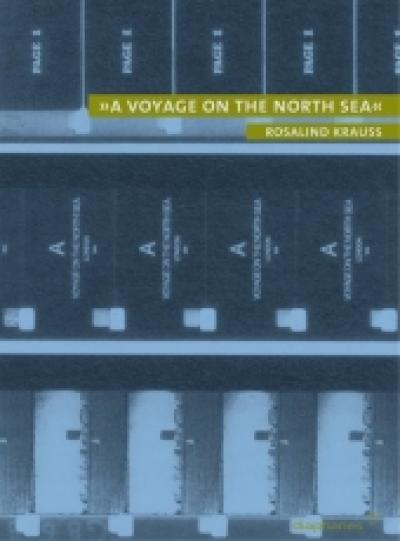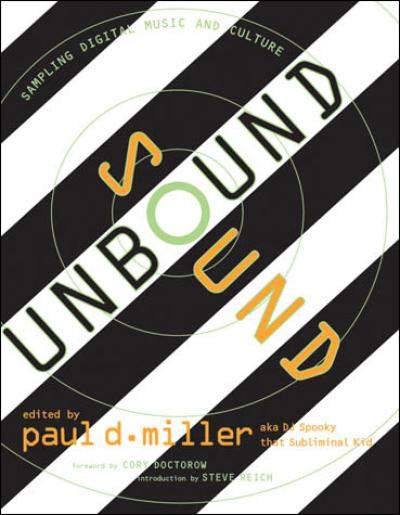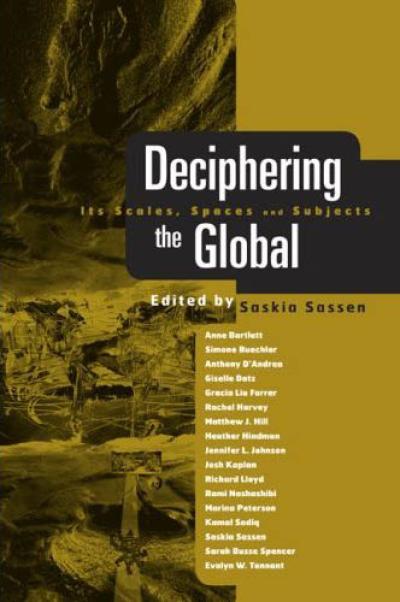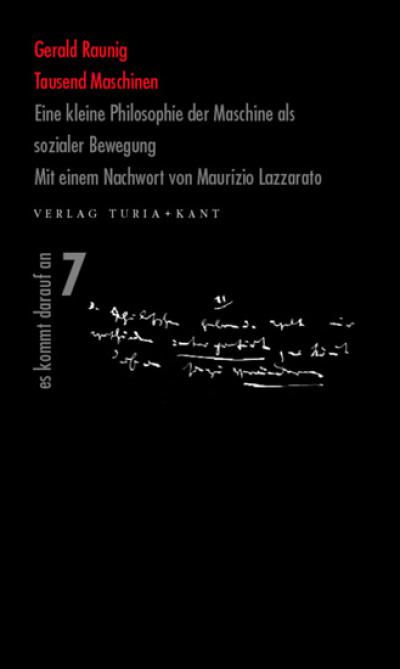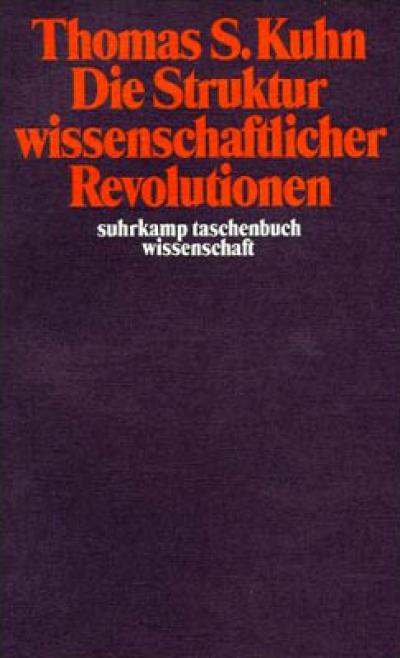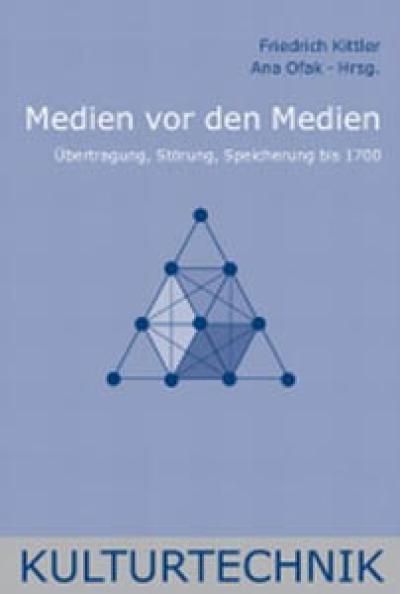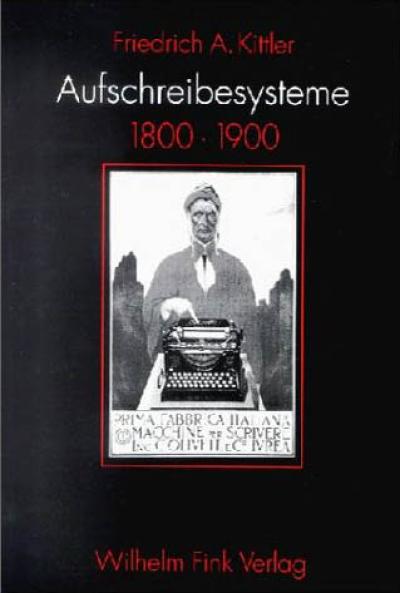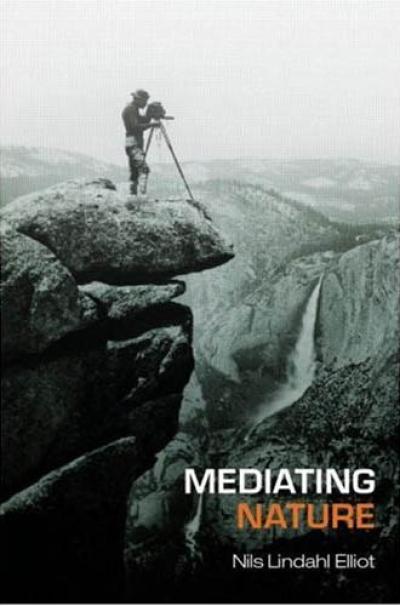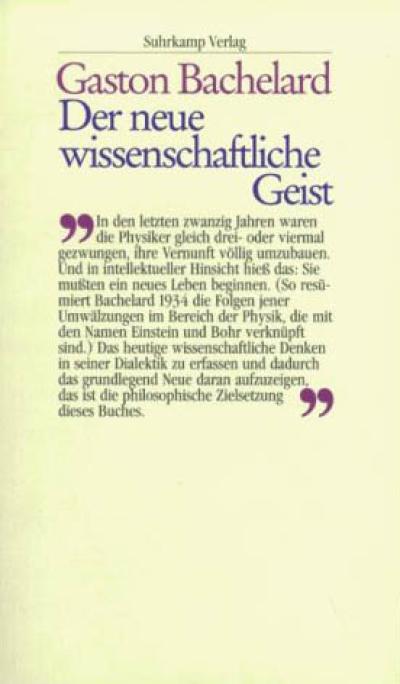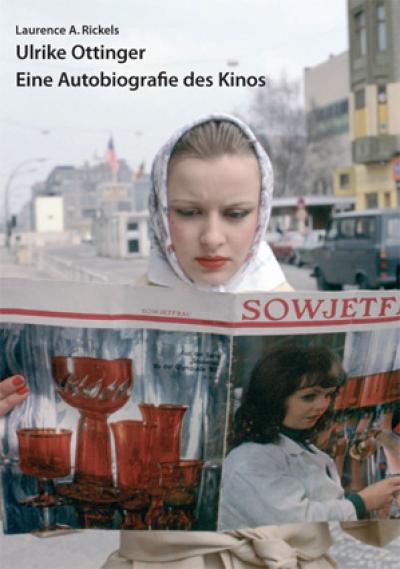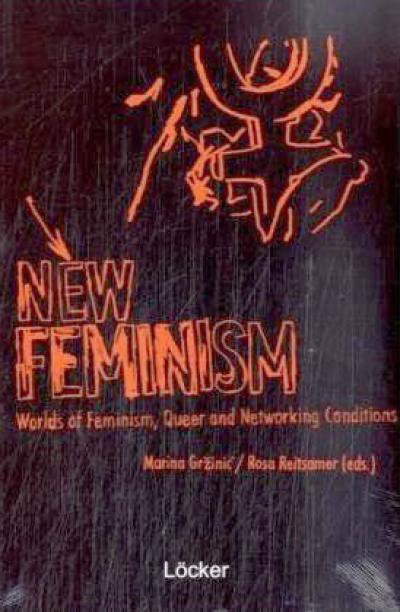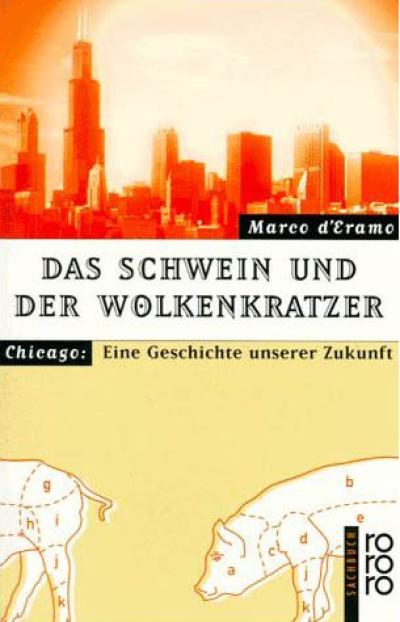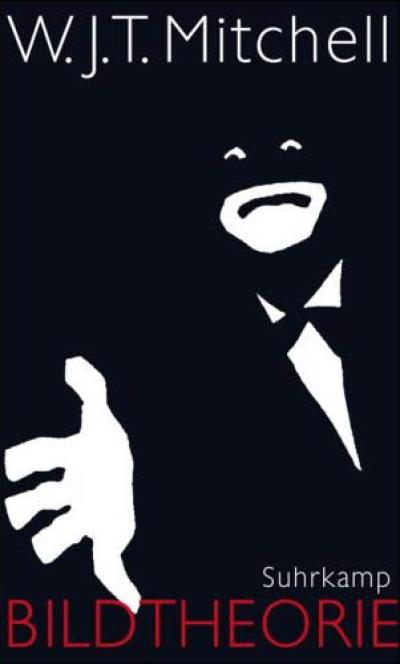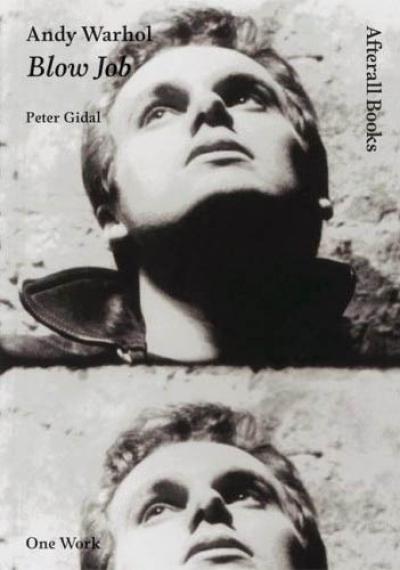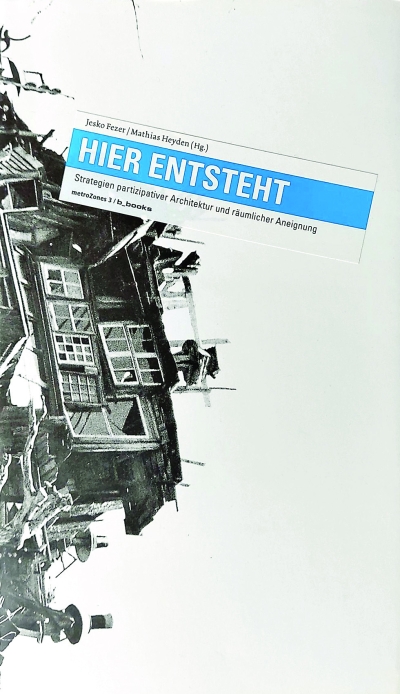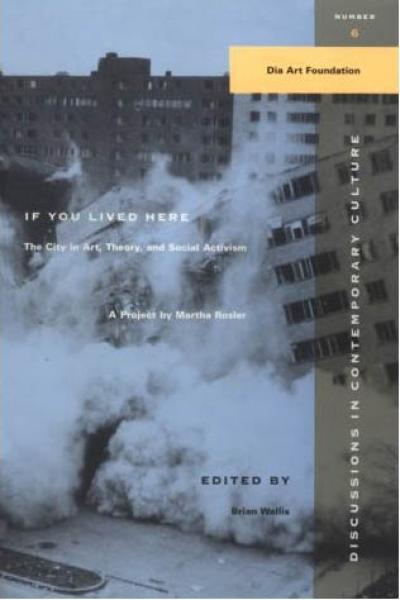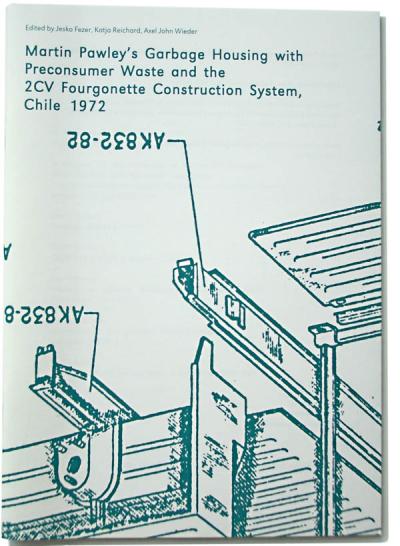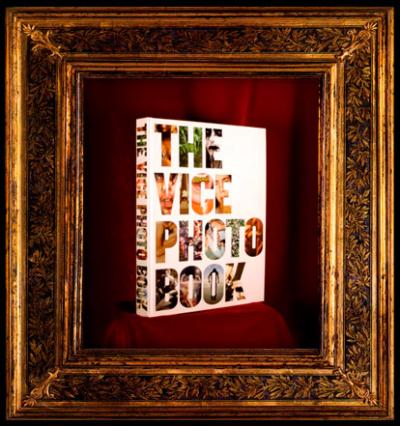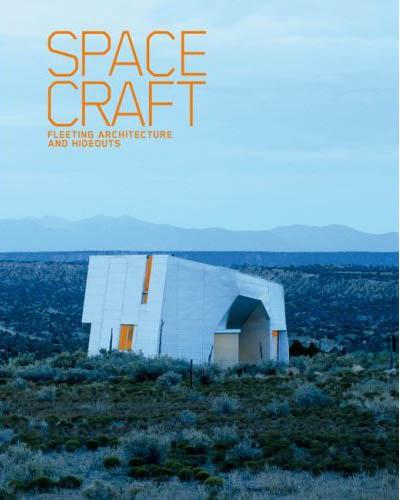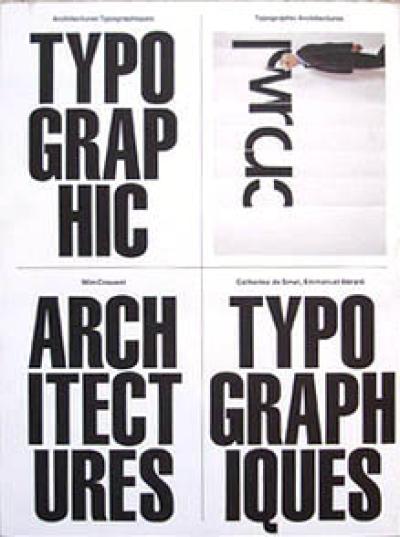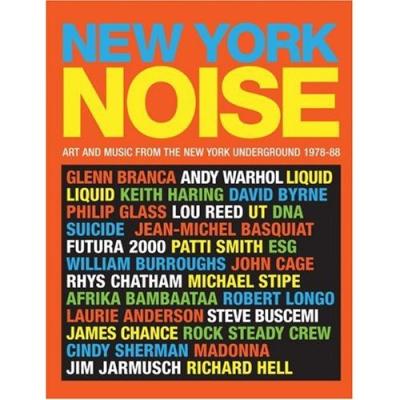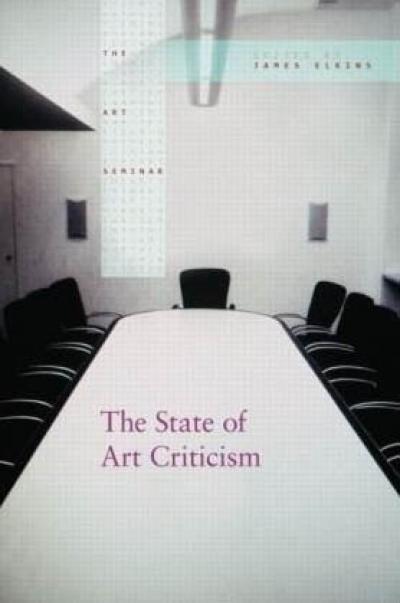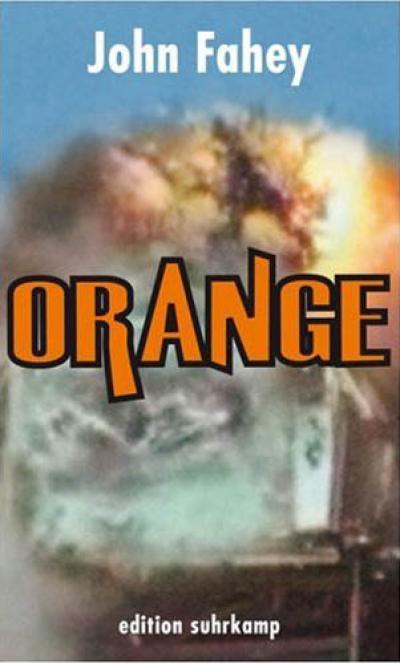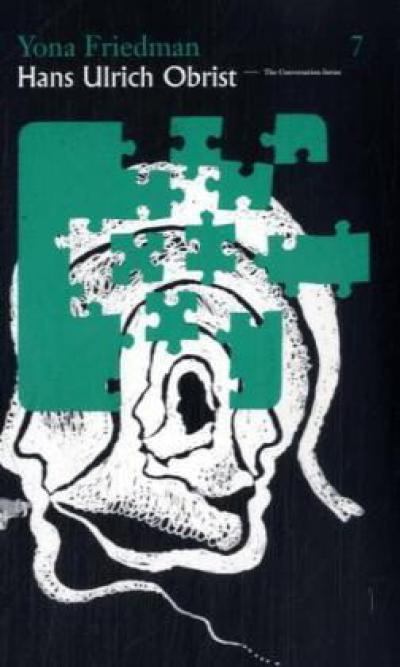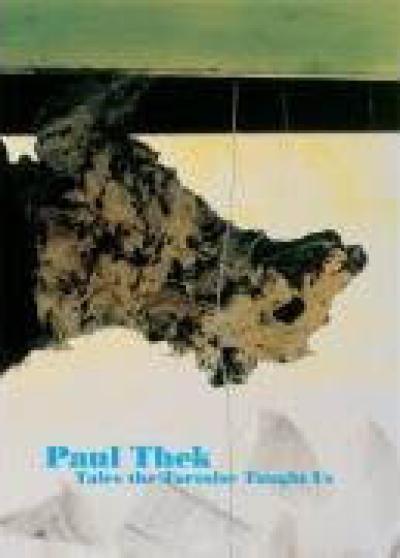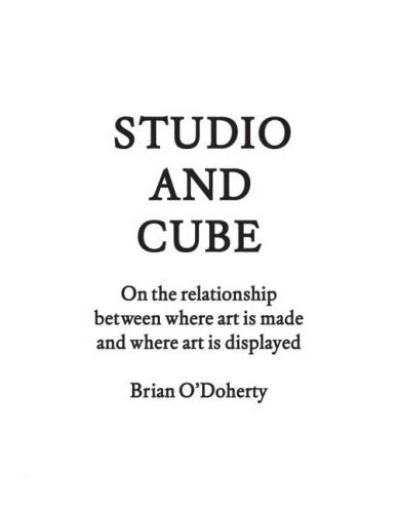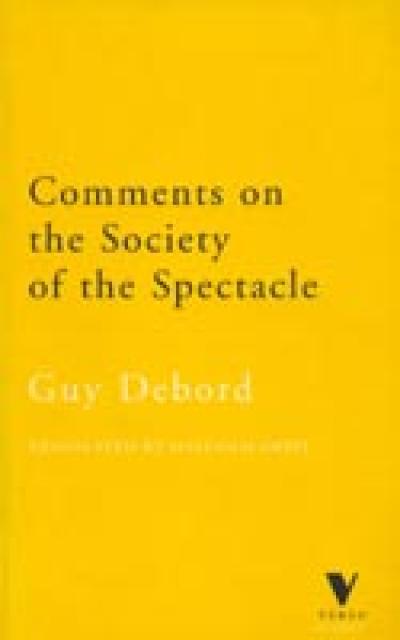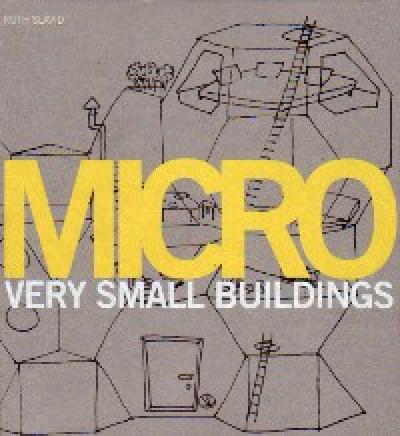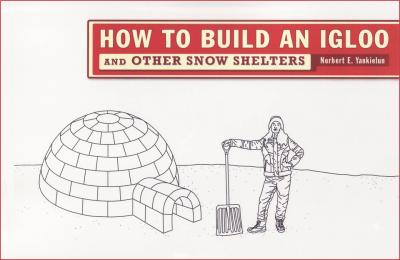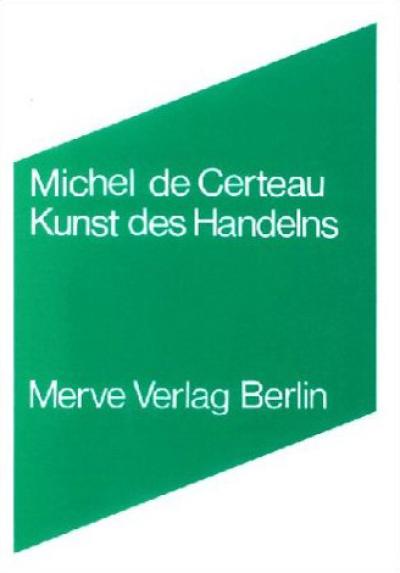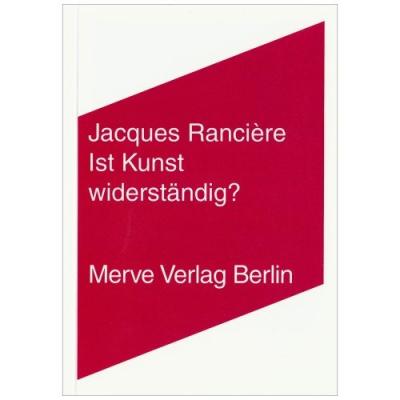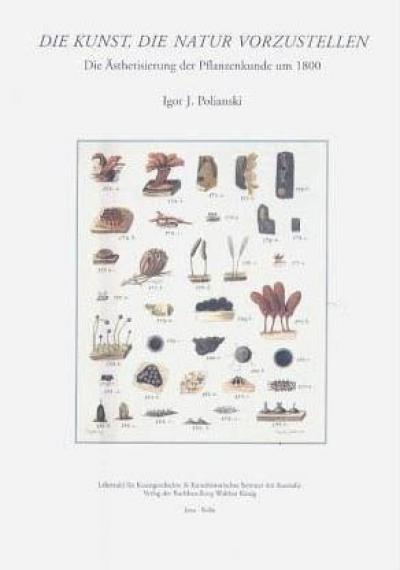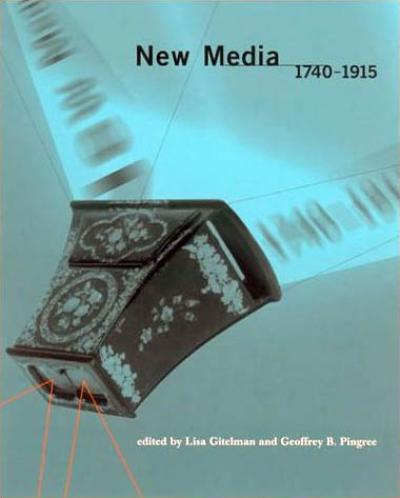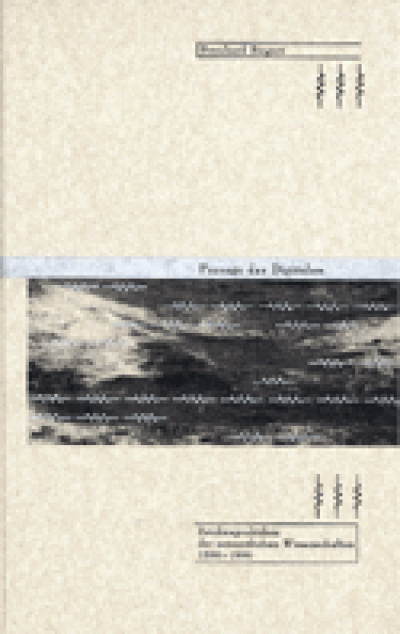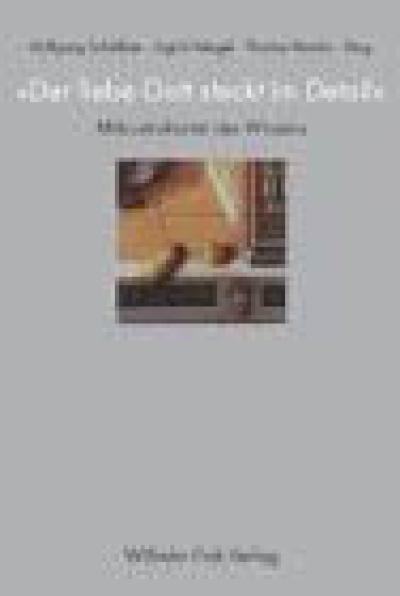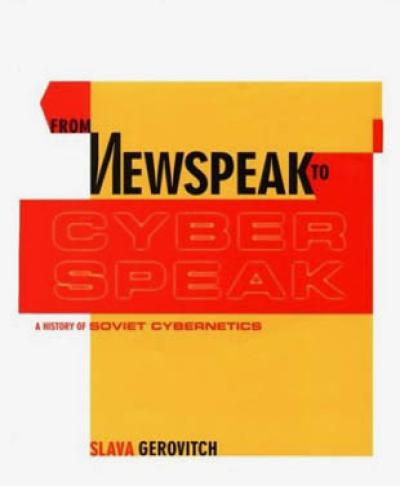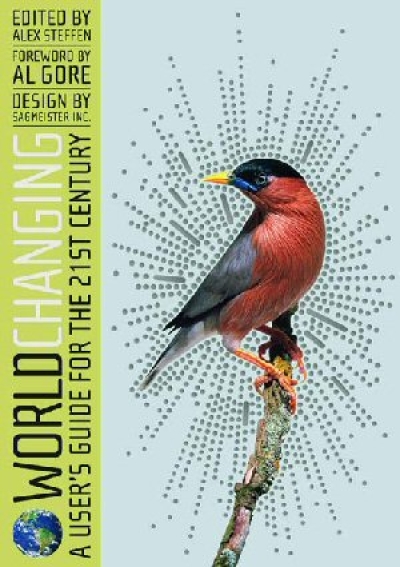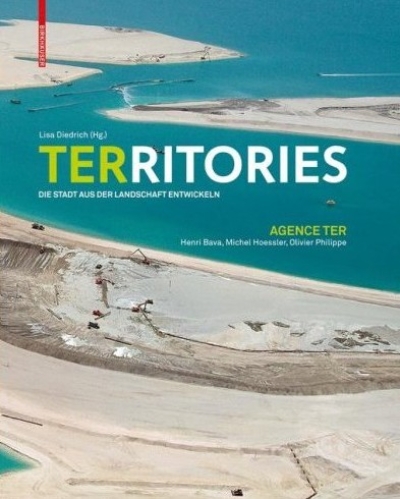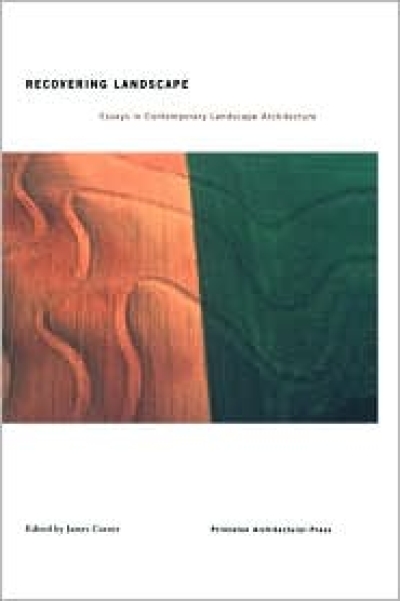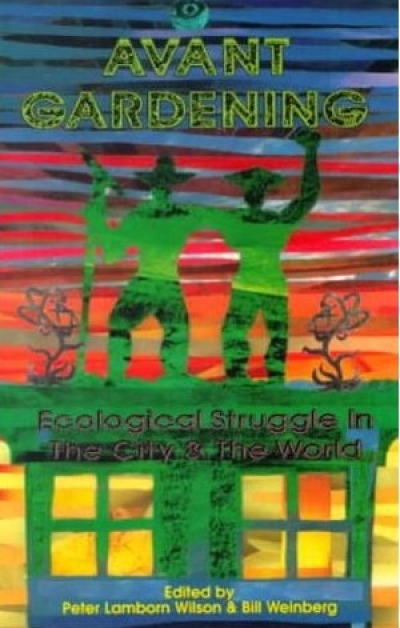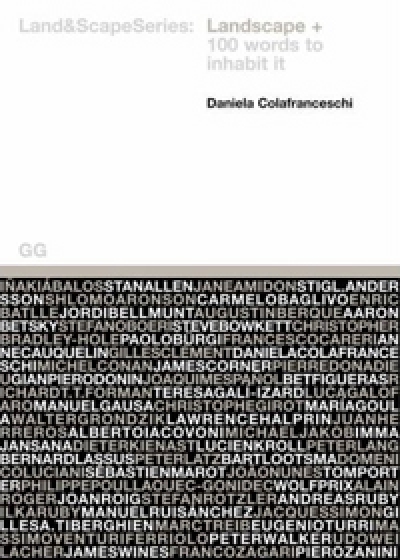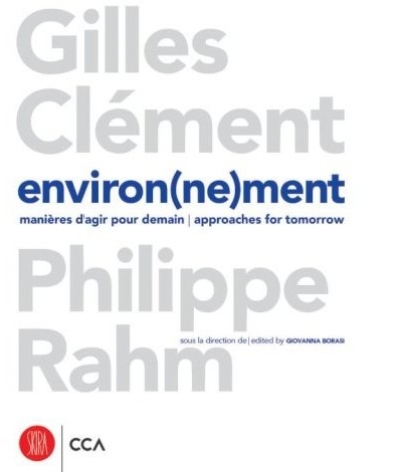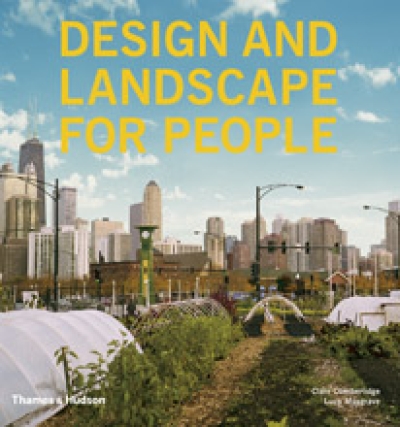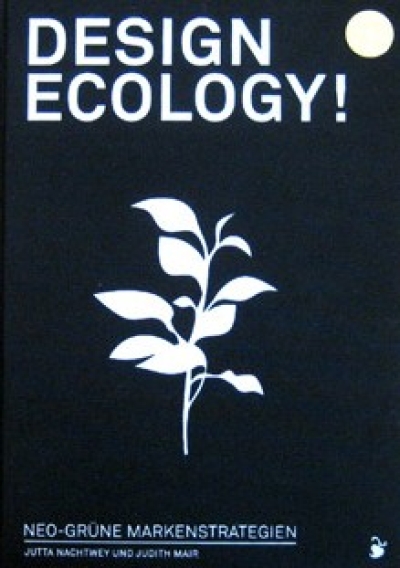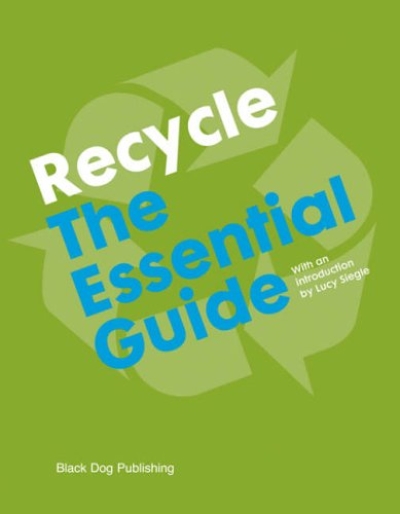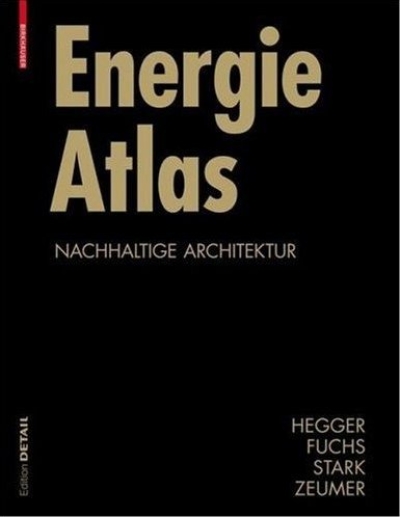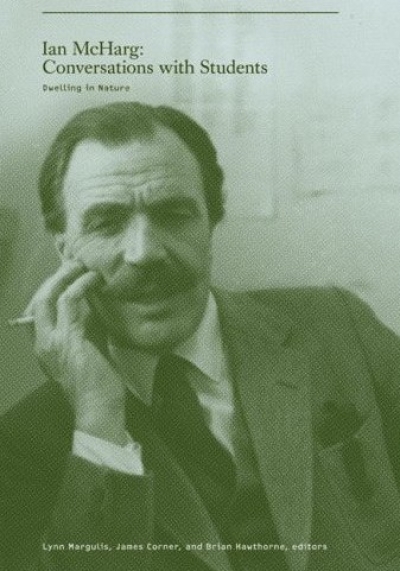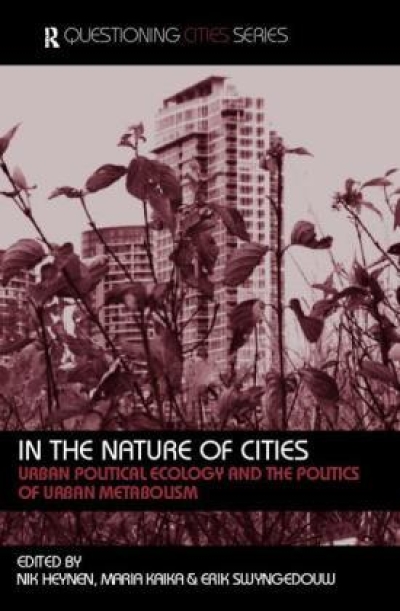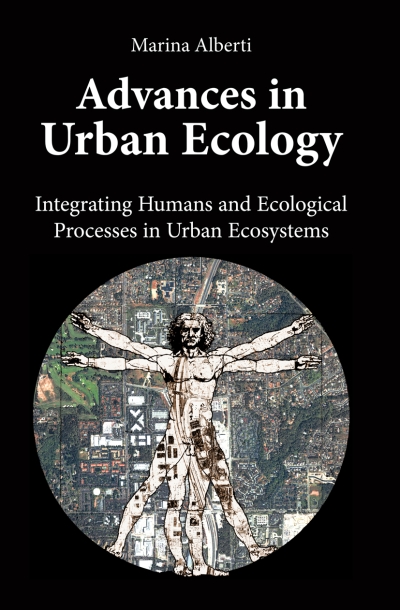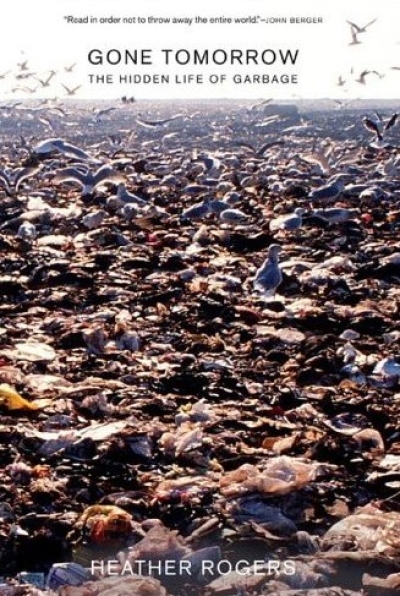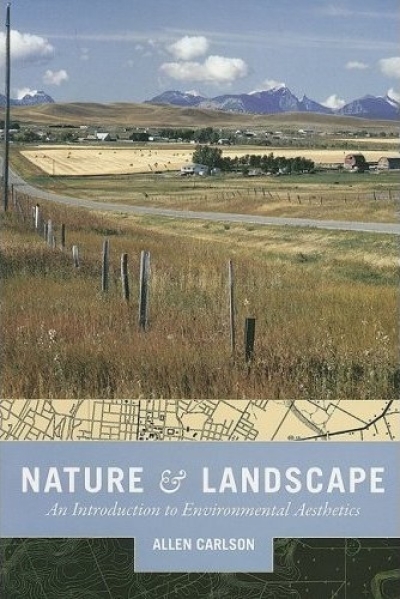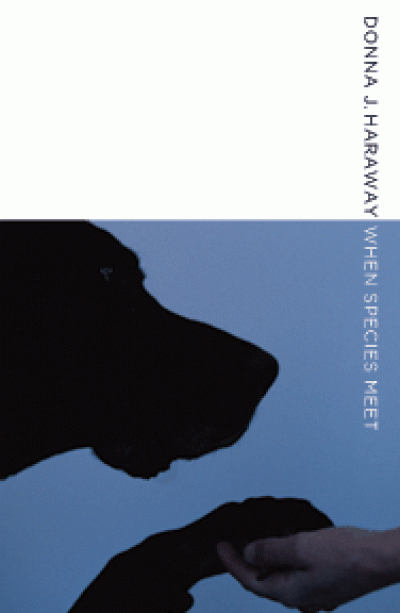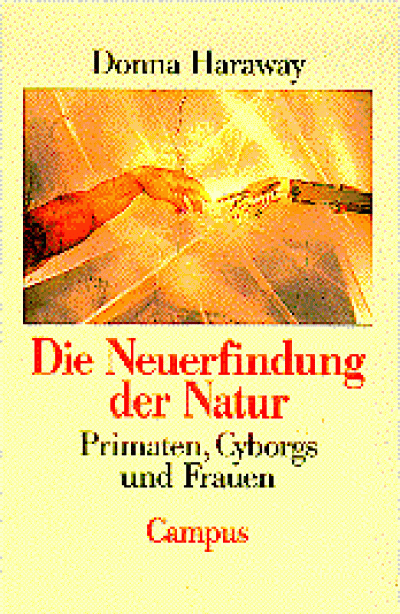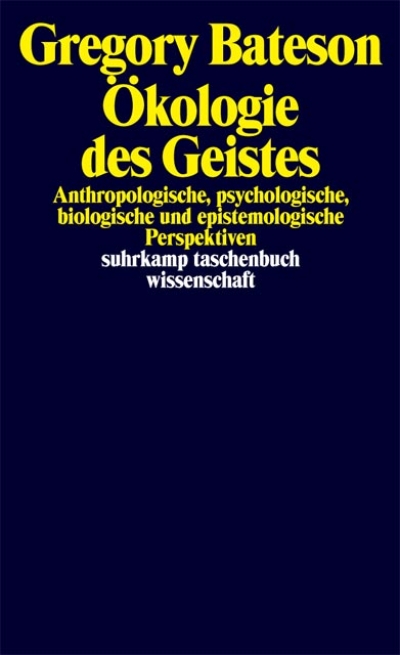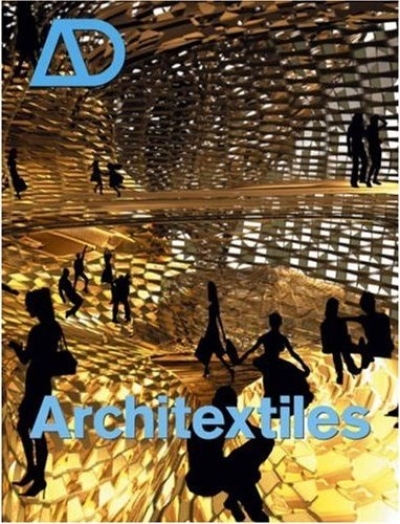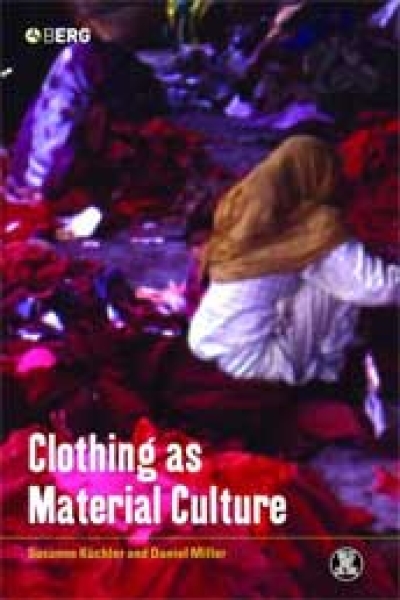Benjamin Bühler, Stefan Rieger
Vom Übertier. Ein Bestiarium des Wissens
Jochen Brüning, Eberhard Knobloch (Hg.)
Die mathematischen Wurzeln der Kultur. Mathematische…
Matthias Bruhn, Kai-Uwe Hemken (Hg.)
Modernisierung des Sehens. Sehweisen zwischen Künsten und…
Horst Bredekamp, Gabriele Werner (Hg.)
Bildtechniken des Ausnahmezustandes. Bildwelten des Wissens…
Horst Bredekamp, Pablo Schneider (Hg.)
Visuelle Argumentationen. Die Mysterien der Repräsentation…
Cornelius Borck, Armin Schäfer (Hg.)
Psychographien
Anette Bitsch
"always crashing in the same car". Jacques Lacans…
Markus Miessen (Hg.)
The Violence of Participation
Joachim Krausse (Hg.)
Richard Buckminster Fuller. Bedienungsanleitung für das…
Mark E. Smith
Renegade. The Lives and Tales of Mark E. Smith
Anthony Vidler
Histories of the Immediate Present. Inventing Architectural…
Metahaven (Kruk, van der Velden,…
White Night Before A Manifesto
Henri Lefebvre
Critique of Everyday Life (Volume 2). Foundations for a…
Henri Lefebvre
Critique of Everyday Life (Volume 1)
Alexander Hamedinger
Raum, Struktur und Handlung als Kategorien der…
Stuart Elden
Understanding Henri Lefebvre. A Critical Introduction
Stuart Elden, Elizabeth Lebas, Eleonore…
Henri Lefebvre. Key Writings
Michel Auder
Michel Auder. Selected Video Works 1970 - 1991
Claude Levi-Strauss
Das wilde Denken
Siegfried Zielinski
Variantology 2. On Deep Time. Relations of Arts, Sciences…
Norbert Wiener
Cybernetics or the Control and Communication in the Animal…
Margarete Vöhringer
Avantgarde und Psychotechnik: Wissenschaft, Kunst und…
Erich Hörl, Michael Hagne
Die Transformation des Humanen. Beiträge zur…
Mario Fusco (Hg.)
The Happy Hypocrite. For and About Experimental Art Writing…
Peter Mörtenbeck, Helge Mooshammer (Hg.)
Networked Cultures. Parallel Architectures and the Politics…
Rosalind Krauss
A Voyage on the North Sea. Broodthaers, das Postmediale
Paul D. Miller (Hg.)
Sound Unbound. Sampling Digital Music and Culture
Dirk Bronger (Hg.)
Marginalsiedlungen in Megastädten Asiens
Saskia Sassen (Hg.)
Deciphering the Global. Its Spaces, Scales and Subjects
Gerald Raunig
Tausend Maschinen
Hans-Jörg Rheinberger
Epistemologie des Konkreten. Studien zur Geschichte der…
Thomas S. Kuhn
Die Struktur wissenschaftlicher Revolutionen
Friedrich Kittler, Ana Ofak (Hg.)
Medien vor den Medien
Friedrich Kittler
Aufschreibesysteme 1800 - 1900
Wolfgang Ernst, Friedrich Kittler (Hg.)
Die Geburt des Vokalalphabets aus dem Geist der Poesie.…
Nils Lindahl Elliot
Mediating Nature: Environmentalism and Modern Culture (…
Gaston Bachelard
Der neue wissenschaftliche Geist
Stefan Andriopoulos, Bernhard J. Dotzler
1929. Beiträge zur Archäologie der Medien
Esther K. Smith
How to Make Books. Fold, Cut & Stitch Your Way to a One…
Laurence A. Rickels
Ulrike Ottinger. Eine Autobiografie
Marina Grzinic, Rosa Reitsamer (Hg.)
New Feminism. Worlds of Feminism, Queer and Networking…
Marco d'Eramo
Das Schwein und der Wolkenkratzer. Chicago: Eine Geschichte…
Andrew Pickering
Kybernetik und Neue Ontologien
W.J.T. Mitchell
Bildtheorie
Peter Gidal
Andy Warhol. Blow Job
Merlin Carpenter
Relax It's Only a Bad Cosima von Bonin Show
Jesko Fezer, Matthias Heyden
Hier entsteht. Strategien partizipativer Architektur und…
Kyohei Sakaguchi
Zero Yen Houses
Martha Rosler
If You Lived Here. The City in Art, Theory, and Social…
Lloyd Kahn
Home Work. Handbuilt Shelter
Jesko Fezer, Katja Reichard, Axel…
Martin Pawley's Garbage Housing with Preconsumer Waste…
N. John Habraken, Arnulf Lüchinger
Die Träger und die Menschen. Das Ende des Massenwohnungsbau…
Vice Magazine
The Vice Photo Book
Robert Klanten, Lukas Feireiss
SpaceCraft. Fleeting Architecture and Hideouts
Catherine de Smet, Emmanuel Bérard
Wim Crouwel. Typographic Architectures
Paula Court
New York Noise: Art and Music from the New York Underground…
James Elkins, Michael Newman
The State of Art Criticism
Liz Kotz
Words to Be Looked at. Language in 1960s Art
John Fahey und Karl Bruckmaier
John Fahey. Orange
Yona Friedman, Hans-Ulrich Obrist
Yona Friedman. The Conversation Series (7)
Margrit Brehm, Axel Heil, Roberto Ohrt
Paul Thek. Tales the Tortoise Taught Us
Brian O'Doherty
Studio and Cube. On The Relationship Between Where Art is…
Guy Debord
Comments on the Society of the Spectacle
Ruth Slavid
Micro: Very Small Buildings
Norbert E. Yankielun
How to Build an Igloo and Other Snow Shelters
Michel de Certeau
Kunst des Handelns
Jacques Ranciere
Ist Kunst widerständig?
Alain Badiou
Wofür steht der Name Sarkozy?
Igor J. Polianski
Die Kunst, die Natur vorzustellen: Die Ästhetisierung der…
Lisa Gitelman, Geoffrey B. Pingree (Hg.)
New Media, 1740-1915 (Media in Transition)
Bernhard Siegert
Passage des Digitalen
Alexander Böhnke, Jens Schröter (Hg.)
Analog/Digital - Opposition oder Kontinuum? Zur Theorie und…
Wolfgang Schäffner, Sigrid Weigel,…
Der liebe Gott steckt im Detail. Mikrostrukturen des Wissens
Slava Gerovitch
From Newspeak to Cyberspeak. A History of Soviet…
Alex Steffen
Das Handbuch der Ideen für eine bessere Zukunft.…
Lisa Diedrich (Hg.)
Territories. Agence Ter. Die Stadt aus der Landschaft…
James Corner (Hg.)
Recovering Landscape. Essays in Contemporary Landscape…
Peter Lamborn Wilson, Bill Weinberg (Hg…
Avant-Gardening. Ecological Struggle in the City and the…
Daniela Colafranceschi
Landscape + 100 words to inhabit it
Gilles Clement, Philippe Rahm
Environ(ne)ment. Approaches for Tomorrow
Clare Cumberlidge, Lucy Musgrave
Design and Landscape for People
Jutta Nachtwey, Judith Mair
Design Ecology! Neo-grüne Markenstrategien
Duncan McCorquodale
Recycle. The Essential Guide
Manfred Hegger, Matthias Fuchs, Thomas…
Energie Atlas. Nachhaltige Architektur
Sergi Costa Duran
Green Homes. New Ideas for Sustainable Living
Ian McHarg
Conversations with Students. Dwelling in Nature
Nik Heynen, Maria Kaika, Erik Swyngedow
In the Nature of Cities. Urban Political Ecology and the…
Marina Alberti
Advances in Urban Ecology: Integrating Humans and…
Heather Rogers
Gone Tomorrow. The Hidden Life of Garbage
Allen Carlson
Nature and Landscape. An Introduction to Environmental…
Donna Haraway
When Species Meet
Donna Haraway
Die Neuerfindung der Natur. Primaten, Cyborgs und Frauen.
Gregory Bateson
Ökologie des Geistes. Anthropologische, psychologische,…
Mark Garcia
Architextiles
Susanne Küchler, Daniel Miller
Clothing as Material Culture
Caryn Simonson
Textile Volume 6 Issue 3. The Journal of Cloth and Culture…
Quentin Hirsinger, Elodie Ternaux,…
Materiology. Handbuch für Kreative. Materialien und…
Luis Fernandez-Galiano
AV 115. Materiales de Construccion. Building Materials

